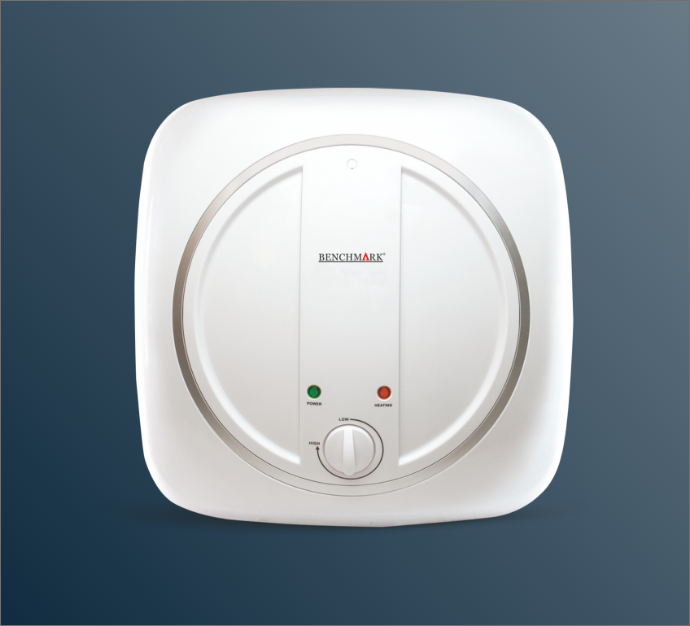Efficient Warmth: Harnessing Solar Power with a Pressure Pump in Water Heaters
As sustainability takes center stage, the marriage of solar power and water heating technology emerges as a beacon of energy efficiency. The integration of a pressure pump amplifies this synergy, offering an innovative solution that not only taps into renewable energy but also enhances the overall efficiency of solar water heaters.
1. Solar-Powered Heat Harvesting:
The core principle of a Hot Water Heater Electric revolves around capturing the sun's energy to heat water. Photovoltaic panels or solar collectors absorb sunlight and convert it into heat, creating an eco-friendly and cost-effective method of warming water for various domestic and industrial purposes.
2. Pressure Pump Advancements:
Incorporating a pressure pump into the solar water heater system brings a new dimension to its functionality. This pump ensures a consistent flow of water, optimizing the heating process. By maintaining steady pressure, it enhances the efficiency of water circulation within the system, promoting even heating and distribution.
3. Optimized Water Circulation:
The pressure pump's role in a solar water heater is pivotal for optimized water circulation. It prevents stagnation and promotes a continuous flow, ensuring that heated water is efficiently transported from the solar collectors to the storage tank. This constant movement minimizes heat loss and contributes to the overall effectiveness of the system.
4. Enhanced Heat Transfer:
A pressure pump facilitates enhanced heat transfer within the solar water heater. By maintaining a consistent flow, it allows for better absorption of solar energy, maximizing the transfer of heat to the circulating water. This efficiency boost translates into faster heating cycles and increased availability of hot water.
5. Energy-Efficient Performance:
The synergy between solar power and the pressure pump results in a highly energy-efficient performance. Solar water heaters equipped with pressure pumps operate with minimal electricity consumption, relying predominantly on the renewable energy harnessed from the sun. This not only reduces operational costs but also aligns with the global push for sustainable and green energy solutions.
6. Reduced Dependency on Conventional Energy Sources:
The incorporation of a pressure pump in solar water heaters reduces reliance on conventional energy sources. As the system operates primarily on solar power, it lessens the demand for electricity or gas for water heating. This not only contributes to environmental conservation but also shields users from the volatility of energy prices.
7. Lower Carbon Footprint:
The adoption of solar water heaters with pressure pumps aligns with the broader goal of lowering carbon footprints. By harnessing clean, renewable energy, users actively participate in the reduction of greenhouse gas emissions associated with traditional water heating methods. This sustainable choice contributes to a healthier planet and a more eco-conscious lifestyle.
8. Long-Term Cost Savings:
While the initial investment in a solar water heater with a pressure pump may be higher, the long-term cost savings are substantial. Lower energy bills, reduced maintenance costs, and potential government incentives for renewable energy adoption make this system a financially prudent choice over its lifespan.
You Can Also Check Out : -
Solar Water Heater with Pressure Pump
Conclusion:
The marriage of solar power and pressure pump technology in water heaters represents a significant stride towards sustainable and efficient energy solutions. Beyond harnessing the sun's power for heating, the integration of a pressure pump optimizes water circulation, enhances heat transfer, and promotes eco-friendly performance. As the world shifts towards greener alternatives, solar water heaters with pressure pumps stand out as an intelligent and forward-thinking choice for those seeking warmth with a minimal environmental impact.



Comments
Post a Comment